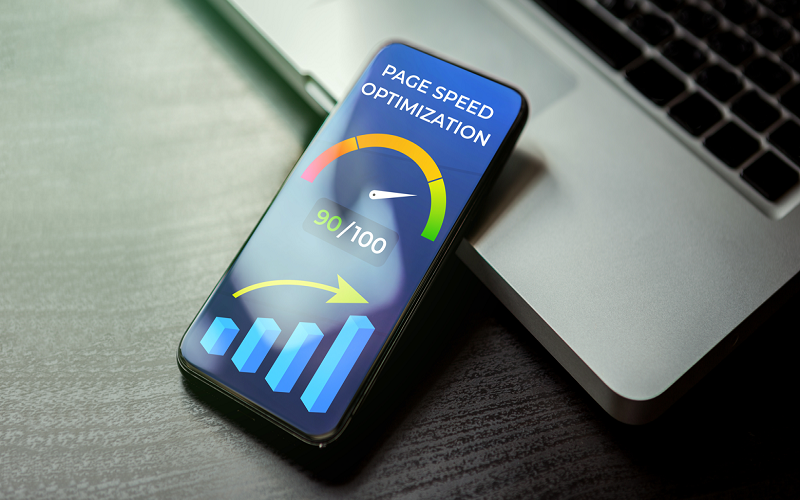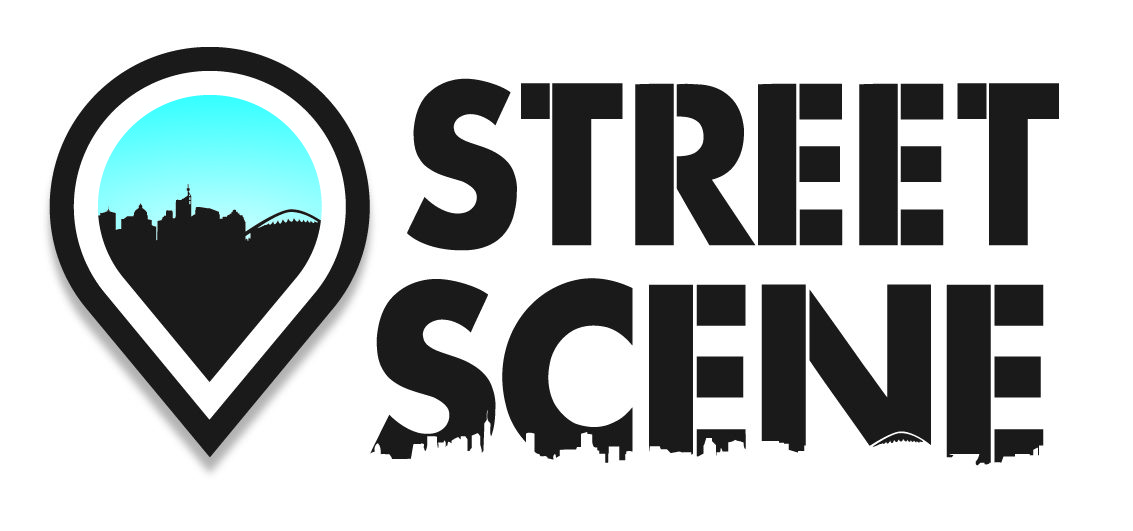
The quantifiable and subjective quality of a website’s user experience is collectively referred to as “web performance,” with a focus on the page’s dependability and speed. Let us understand the ways to improve web performance before looking for a “Lewis Center web design company.”
There are several steps website owners and developers can take to speed up a site. In addition to providing a better user experience, websites that load more quickly and consistently also typically rank higher in organic search results, are more visible to potential visitors, and frequently have greater conversion rates.
Let’s break down how to speed up your website before you hire a website design and development services provider.
Improving Your Website Speed in the Simplest Steps
Optimize and Compress Your Photos
Images improve your site’s aesthetic and the caliber of the material you write. Large photos, nevertheless, can also cause loading times to lag. Therefore, optimizing and compressing your photos is one of the simplest ways to speed up the loading of web pages.
This might involve converting their file types, turning on lazy loading, and using lossy or lossless compression to reduce the size of photos. Your websites will load faster in the end if you can minimize the “weight” of your photos by lowering their file sizes.
You can do this with a number of image optimization plugins, including WP Smush. This plugin will automatically resize and compress your photos without compromising their quality when it has been installed and enabled.
You can also search for “website design services near me” to let the professional do this if you don’t have the time.
Select a Hosting Option With Performance Optimization
The management and functionality of your website are greatly influenced by the hosting company you choose. Its page speeds are included in that. Accepting substandard hosting in exchange for a cheaper monthly fee is one of the biggest blunders you can make.
Inexpensive hosting frequently results in subpar performance. It can include dividing up resources across several websites on a busy server, which might slow down the loading of your pages.
However, there are a few hosting options that are performance-focused that you can utilize, like Kinsta and SiteGround, which offer a strong infrastructure built for speed. These companies often don’t give shared hosting, so you won’t ever have to be concerned about other websites using up all of your available resources. Consult with an expert in website design services to ace this step.
Lower Redirects
Your website’s loading speed can suffer greatly if it has too many redirects. The HTTP request and response cycle is dragged out each time a page redirects. Naturally, there are situations in which redirects could be required, including when switching to a new domain.
On the other hand, you can considerably reduce page loading times by getting rid of pointless redirects from your website. With WordPress, you can decrease redirection in a few different ways. One is to steer clear of making extraneous ones while developing menus and internal connections. Making sure your Top-Level Domain (TLD) resolves with no more than one redirection is another clever tactic that all experts of web development in Columbus know about.
Make Use of a CDN, Or Content Delivery Network
A Content Delivery Network (CDN), also called a “content distribution network,” is a network of computers called that can assist speed up the loading of pages. It works by using servers positioned all over the world to host and distribute copies of the static information on your website. A CDN complements your host; it doesn’t replace it.
You can use a CDN in addition to the server hosting your main website to share copies of the files on your site across carefully selected data centers. A content delivery network (CDN) lowers TTFBs by delivering web page content from a server near each visitor, thereby reducing network latency.
Your Web Pages Should Be Cached
One of the best methods for making your web pages load faster is caching. By keeping copies of your site’s files, caching reduces the amount of work the server must do to create and deliver a web page to a visitor’s browser.
By requiring the server to spend fewer resources to load a page, caching your web pages can assist reduce Time to First Byte (TTFB). Your web pages can be cached in a few different ways. This is something you can do at the server level, which means your host will take care of it for you.
Using a caching plugin, such as W3 Total Cache, a free WordPress plugin that enables caching your web pages quickly and simply, is an additional choice. All you have to do is go to General Settings > Page Cache and choose Enable after installing and activating it.
Conclusion
If you are struggling to optimize your website, it’s time to give experts from Lewis Center web design company a call right away. They are experts when it comes to polishing any poorly developed website as well as building a pristine new one. Consult them today if you want to beat your online competitors but also boost your revenue.

